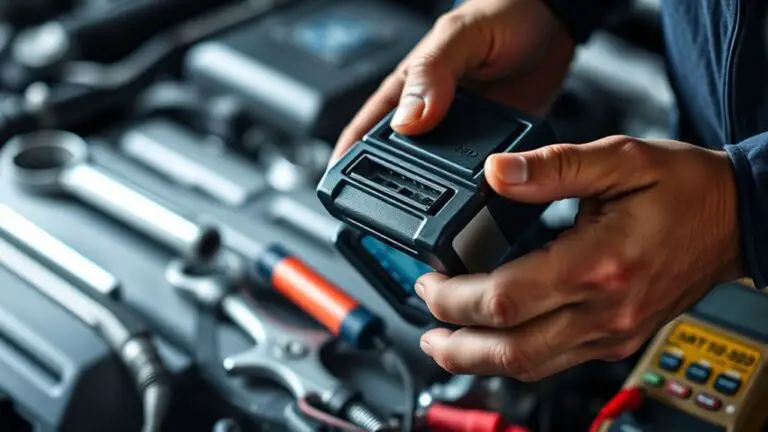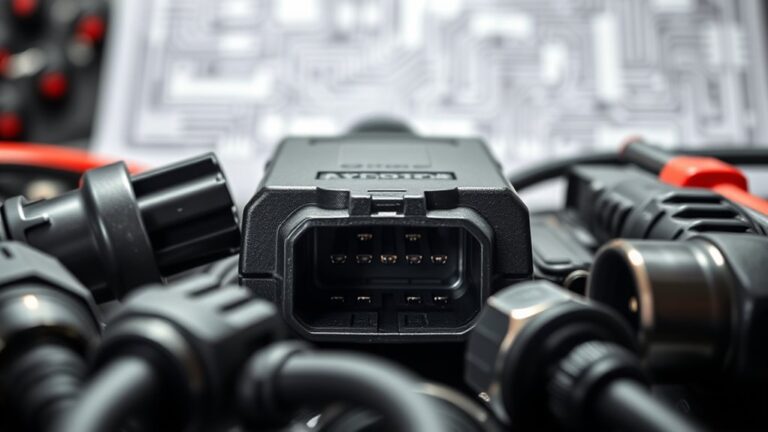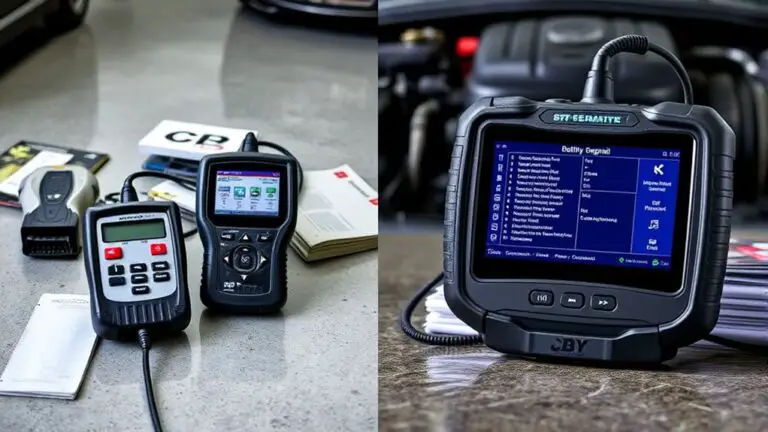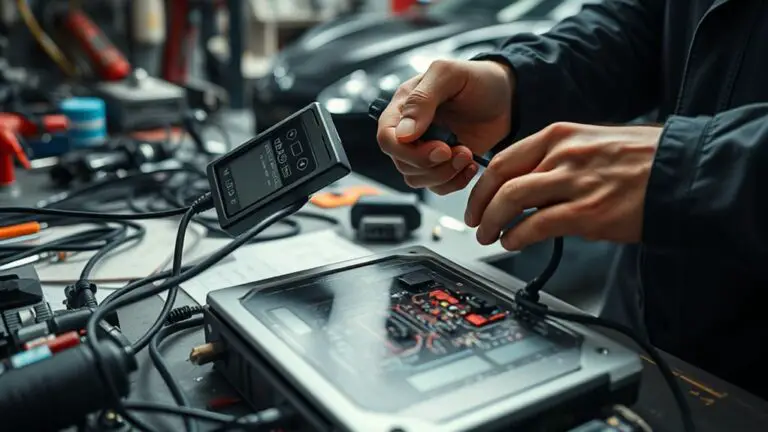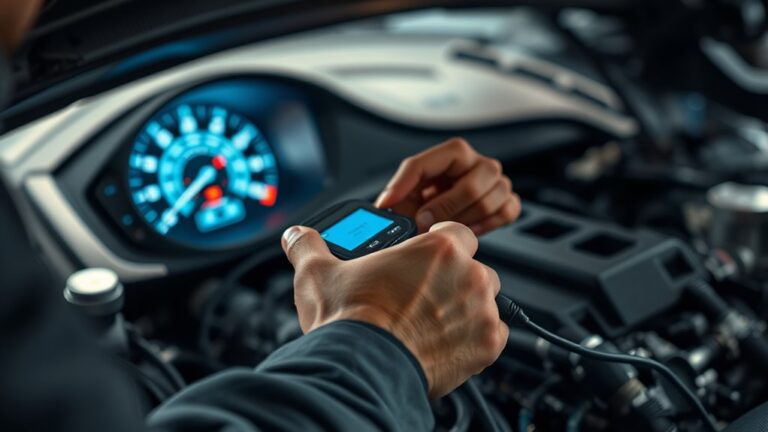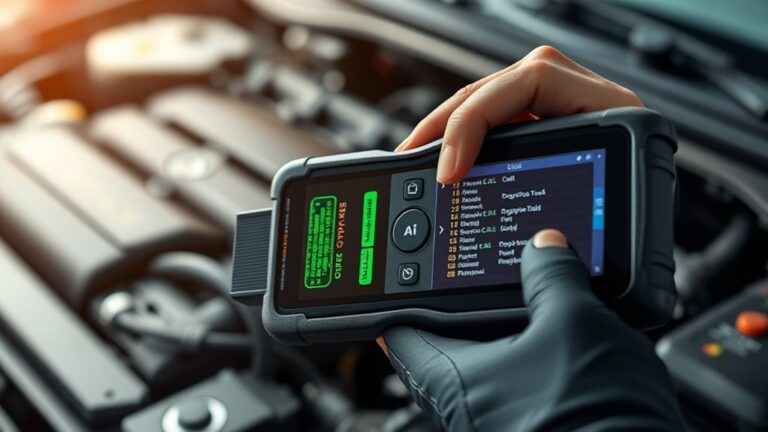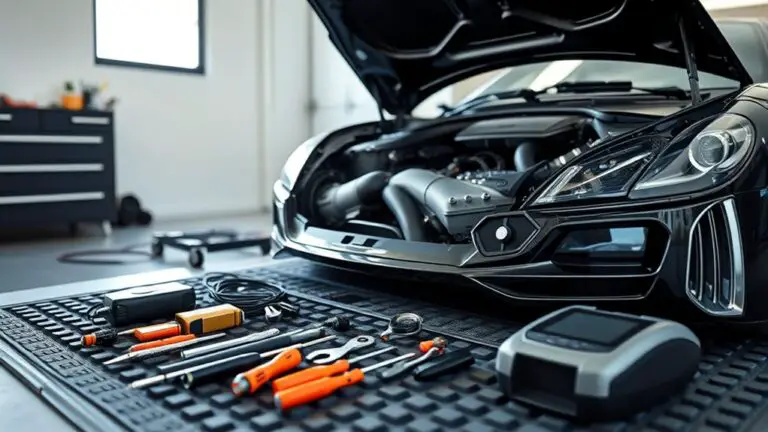Step-By-Step: Using a Manufacturer-Level Scan Tool to Diagnose OBD Adapter Connection Failure
To diagnose an OBD adapter connection failure, start by confirming tool compatibility and vehicle coverage, mapping your make, model year, and trim to the tool’s supported list. Set up the physical link with clean cables, secure adapters, correct pin alignment, and proper ignition on. Establish baseline communication, then verify protocol handshakes and data-link integrity, logging…

